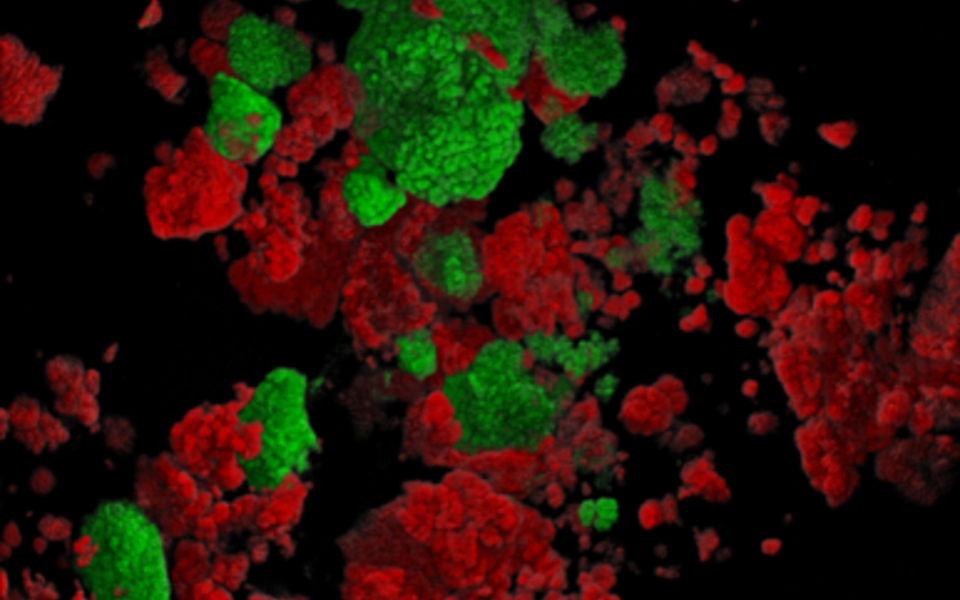
Nitrogen is a chemical found in earth’s atmosphere but also in proteins, nucleic acids and other essential compounds of life. In order to keep the amount of nitrogen in check, our planet’s ecosystem relies on the nitrogen cycle, a process in which nitrogen from the atmosphere is transformed by microbes to become available to plants, on which in turn animal life relies.
One important process in this cycle is nitrification where in two steps ammonium is turned into nitrite and then into nitrate by bacteria. It was believed that different, ammonia- or nitrite-oxidizing microorganisms must cooperate to perform the entire process. This was common knowledge until in 2015 Holger Daims, Michael Wagner and colleagues discovered the Comammox or “complete ammonia oxidiser” bacteria in a water sample from a Russian oil exploration well. Comammox are able to perform full nitrification on their own, completely overthrowing this previous “dogma” of environmental microbiology.
Comammox environmental impact and physiology as well as structure-function relations of central enzymes are yet unknown, a gap the research platform aims to close. Kristina Djinovic-Carugo, who is also head of the Department of Structural and Computational Biology, and her group will focus on latter aspect. With the tools and methods provided by structural biology they will analyse the biochemistry and structure of a key enzyme employed by Comammox, gaining insight on how it works differently in comparison to other nitrifying bacteria.
Human influence through agriculture and fossil energy has altered the nitrogen cycle and availability of nitrifying bacteria with major implications ranging from poor fertilization efficiency to emission of the greenhouse and ozone-depleting gas N2O. Yet, nitrifying microbes are indispensable for biological waste water treatment. A better understanding of the inner workings and the ecological impact of Comammox will thus also be imperative for environmental protection and biotechnology.